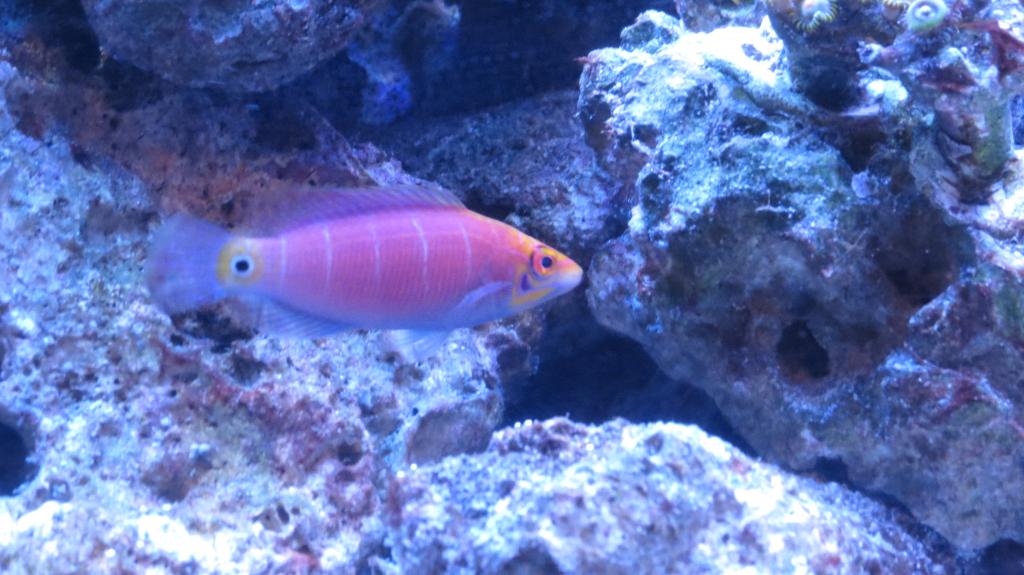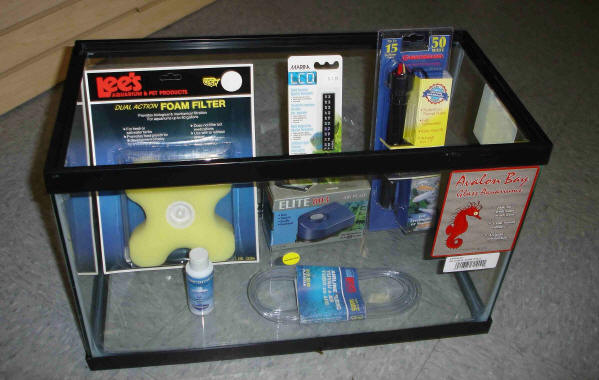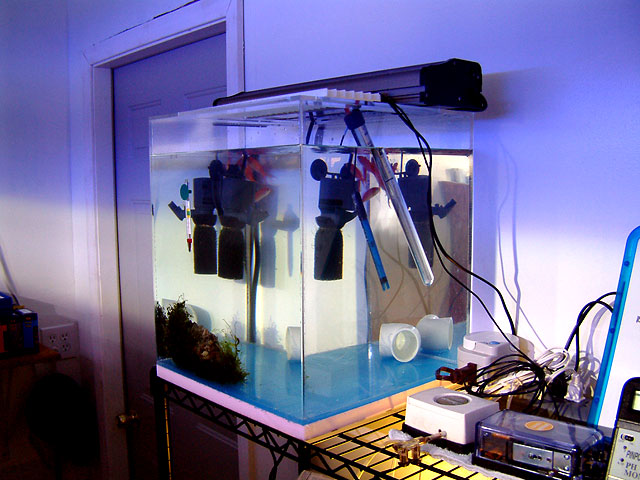I think the problem with that is if you have to medicate the tank and pull out the live rock then your biological filter goes with it.
I'm also trying to keep a QT running without fish since my last resident just came out after 30 days of CP and GC.
I do a large water change and test that there is no ammonia or nitrite. Add a dose of bacteria and throw a few pellets in once a week.
I'm also trying to keep a QT running without fish since my last resident just came out after 30 days of CP and GC.
I do a large water change and test that there is no ammonia or nitrite. Add a dose of bacteria and throw a few pellets in once a week.


















